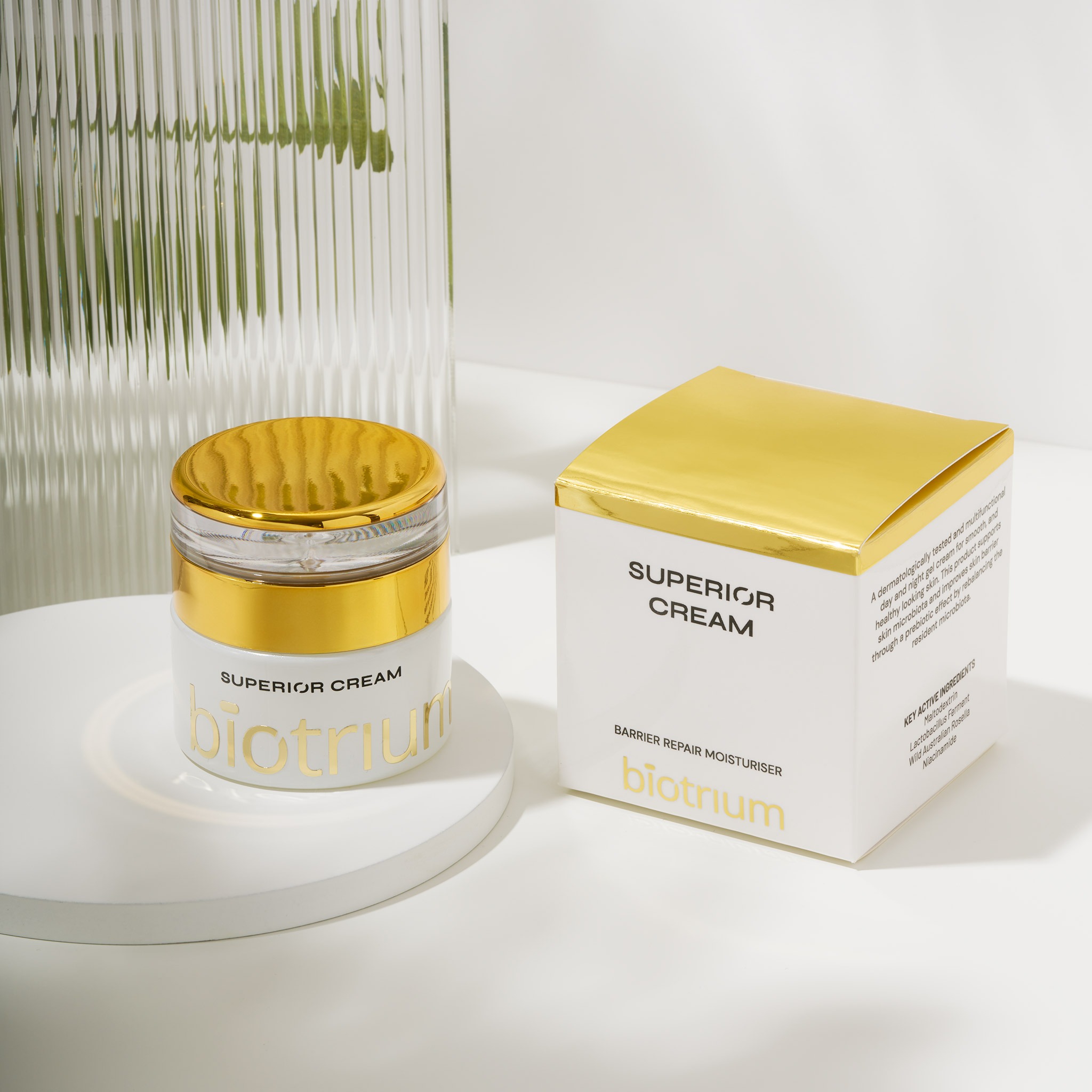No products in the cart.

The Science of Ageing Skin: Wrinkles After 30
Aging is a natural and inevitable process that affects us all. One of the most visible signs of aging is the development of wrinkles, which become more pronounced as we progress through life. Although wrinkles are a common occurrence after the age of 30, the causes behind their formation are not as widely understood. In this blog article, we will delve into the science of aging skin, exploring the factors that contribute to wrinkle development, and discuss potential preventative measures.
The Science of Skin Aging
Our skin is made up of multiple layers, with the outermost layer called the epidermis, the middle layer known as the dermis, and the innermost layer referred to as the subcutaneous tissue. Collagen and elastin, two proteins found within the dermis, are responsible for maintaining the skin’s structure and elasticity.
As we age, our skin undergoes a series of changes. The production of collagen and elastin decreases, leading to a loss of firmness and elasticity. The skin’s natural ability to retain moisture also declines, resulting in a drier, less supple texture. These factors, combined with the skin’s reduced ability to repair itself, contribute to the formation of wrinkles and fine lines.
Factors Contributing to Wrinkles after 30
- Genetic factors: Genetics play a significant role in determining the rate at which your skin ages. If your parents experienced wrinkles at an early age, you might be more prone to developing them as well. Although we cannot change our genetic predisposition, we can still take steps to minimize the effects of aging on our skin.
- Sun exposure: Ultraviolet (UV) radiation from the sun is a major cause of premature skin aging. Over time, UV rays break down collagen and elastin fibers, causing the skin to lose its structure and form wrinkles. Sun exposure also leads to the production of free radicals, which can damage skin cells and further accelerate the aging process.
- Lifestyle factors: Various lifestyle choices can have a significant impact on the health and appearance of your skin. Smoking, for example, constricts blood vessels and reduces the supply of oxygen and nutrients to the skin, accelerating aging. Alcohol consumption, poor diet, and lack of sleep can also contribute to the development of wrinkles by causing inflammation, dehydration, and reduced collagen production.
- Facial expressions: Repeated facial movements, such as smiling, frowning, or squinting, cause the skin to crease and fold. Over time, as the skin loses its elasticity, these creases become more permanent and form wrinkles.
Preventative Measures
- Sun protection: Protecting your skin from the sun’s harmful rays is crucial in preventing premature aging. Wear a broad-spectrum sunscreen with at least SPF 30 daily, even on cloudy days, and reapply every two hours when outdoors. Additionally, wear protective clothing, sunglasses, and seek shade when possible.
- Healthy lifestyle: Adopting a healthy lifestyle can have a significant impact on the appearance of your skin. Quit smoking, limit alcohol consumption, eat a balanced diet rich in antioxidants, and ensure you get adequate sleep to support overall skin health.
- Skincare routine: A consistent skincare routine can help maintain your skin’s health and appearance. Cleanse, tone, and moisturize daily, and exfoliate once or twice a week to remove dead skin cells. Incorporate products with ingredients such as retinol, vitamin C, and hyaluronic acid, which can help boost collagen production, reduce inflammation, and improve skin hydration.
- Facial exercises: Engaging in facial exercises may help strengthen the muscles beneath the skin, potentially reducing the appearance of wrinkles. Although the benefits of facial exercises are still
In conclusion, the development of wrinkles after the age of 30 is a complex process influenced by a combination of genetic, environmental, and lifestyle factors. By understanding the causes behind wrinkle formation, we can take proactive measures to protect and care for our skin. Implementing sun protection, maintaining a healthy lifestyle, adopting a consistent skincare routine, and exploring facial exercises can help minimize the appearance of wrinkles and promote healthier, more youthful-looking skin. While we cannot stop the aging process, we can certainly embrace it gracefully by giving our skin the attention and care it deserves





Leave a Comment: